Journey into the heart of Hyundai's Ulsan car factory, the largest in the world

Every day, in the industrial port city of Ulsan, located at the southern tip of the South Korean peninsula, a ship carrying thousands of Hyundai Group cars sets sail for a new destination.
Ships arriving at the port of Buenaventura, which handles 44 percent of the country's foreign trade, travel for 35 days through the waters of the Pacific Ocean until they reach Colombian soil.
Some of the Hyundai and Kia vehicles currently on the road in Colombia travel more than 9,000 miles from the time they leave the group's factory, the largest car plant in the world, until they hit the local asphalt. The others arrive from the Port of Santos in Brazil, Chennai in India or Bremerhaven in Germany.
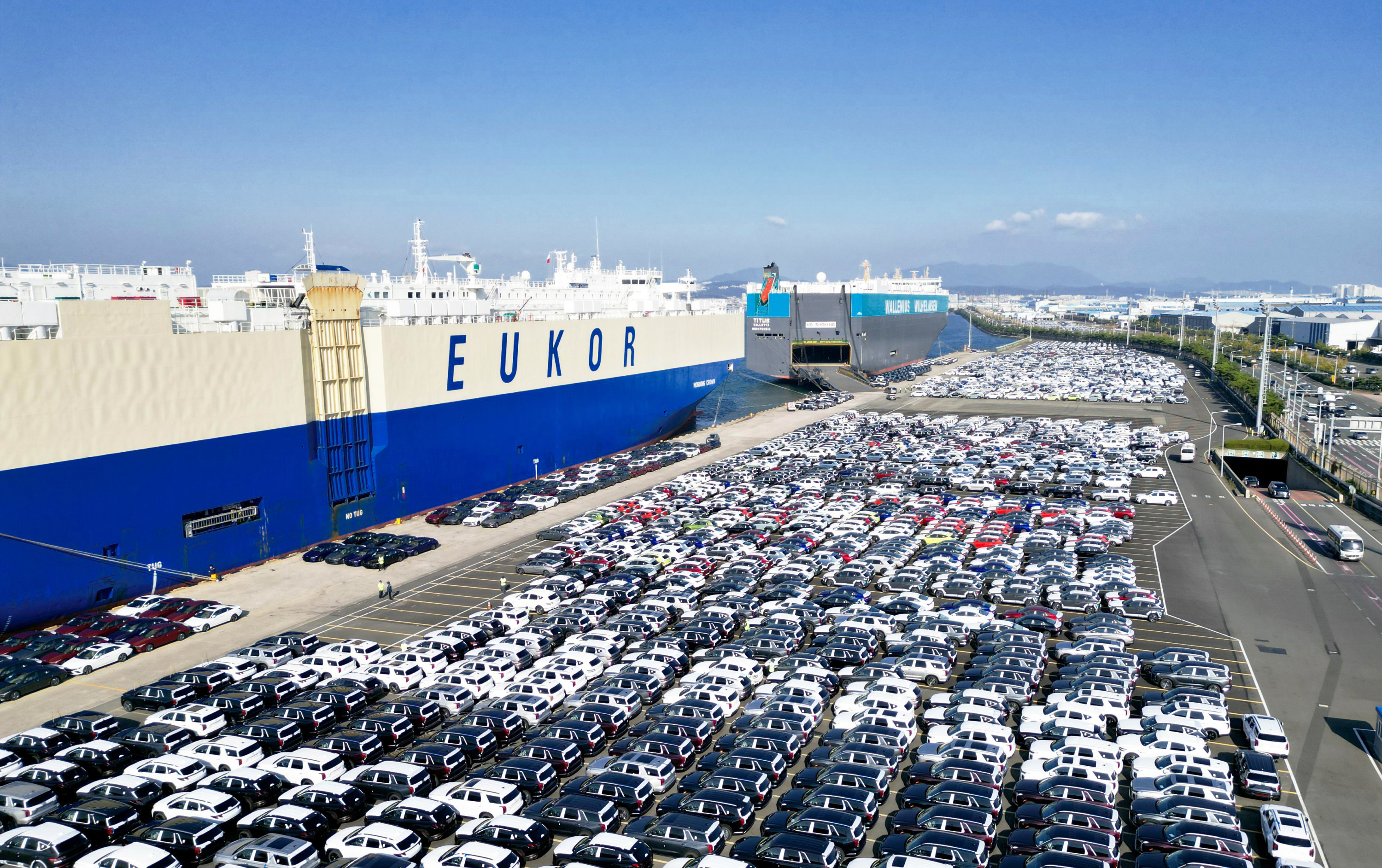
A ship with thousands of Hyundai Group cars sets sail every day. Photo: Hyundai
On the 5-square-kilometre site, more than 35,000 employees are working at full speed to produce around 4,200 cars a day. In total, Hyundai's Ulsan plant produces 1.5 million cars a year. In addition, the company, one of the largest in the country, has an exclusive dock where three large ships weighing 76,000 tons can be loaded at the same time.
While the Ulsan complex is made up of five factories, there is a sixth one exclusively for electric cars that is just under construction and is expected to begin operating in the first quarter of 2026. “This is the beginning of the leadership of the era of electrification,” said Euisun Chung, executive president of Hyundai Motor Group, on the day of the announcement.
The new plant, which has an investment of approximately 1.53 billion dollars, will occupy 548,000 m² and will have the capacity to produce up to 200,000 electric vehicles per year.
From construction to cars The history of the world's largest assembly plant dates back to 1969. Just a few years after its founding in 1975, the company began mass-producing the first 100 percent South Korean car: the Pony, which it exported to more and more countries from the coastal city of Ulsan. This was followed by global models such as the Sonata and the Accent, and more recently the electric Ioniq.
"The cars represent the level of industrial technology of a country; they are national flags," reads the company's museum in the city.
However, the Hyundai giant did not start there. It was in 1947 that Chung Ju-Yung founded it as a construction company and in its early years it dedicated itself to developing housing and infrastructure projects in the country.
These were difficult years, as when the Korean War ended in 1953, the nation, devastated by the conflict with its neighbour North Korea, had to begin a period of reconstruction. At that time, large business groups dominated by families such as Hyundai, a word that in Korean means modernity, were key.
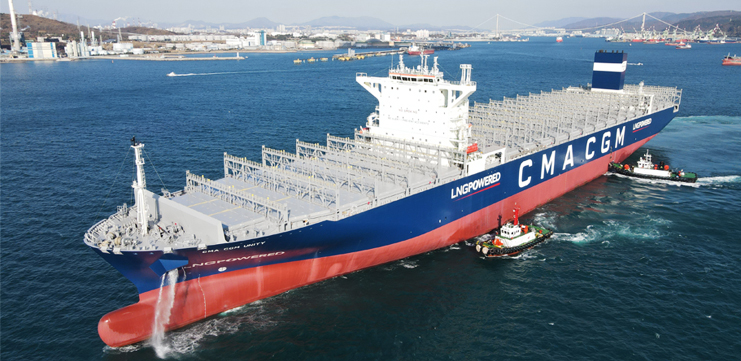
Hyundai's shipyard is the largest in the world. Photo: Hyundai
“I wanted to help rebuild Korea so that my children could have a better life,” said its creator Ju-Yung, who was born into a family of farmers in Tongchon, located in the province of Kangwon, today North Korea.
His desire was to continue to diversify the company, and in the early 1970s he decided to enter the shipbuilding sector, even though the country had not developed this type of heavy industry. He soon built one of the largest shipyards in the world on an empty stretch of beach on the coast of Mipo Bay in the city of Ulsan.
Around 60,000 people work to produce the ships of the major oil companies, container ships, liquefied natural gas (LNG) and liquefied petroleum gas (LPG) carriers. Their clients include ExonMobil, BP, Petrobras, Maersk, Qatargas and Pemex. It is like a city within a city. In the distance, giant cranes can be seen holding each of the vessels' parts, weighing hundreds of tons, as if we were going back in time for a few seconds.
But no, this is the reality of the kingdom of 'Hyundai' , as locals joke. In Ulsan, almost everything is connected to the company. A large part of the population works for it, they get to work on motorbikes or cars assembled by the group, and even if they get sick they go to the hospital that the company itself built on site.
Vehicles, the jewel in the crown The company developed as the country grew and became an economic powerhouse, which today has a GDP per capita of around $31,000. However, the Asian financial crisis of 1998 took its toll and it was forced to split its operations into separate companies.
Today, the largest international manufacturer is Hyundai Motor Group, which comprises the Hyundai and Kia brands. It is the largest South Korean car manufacturer and has become the third largest in the world, behind only Toyota and Volkswagen.
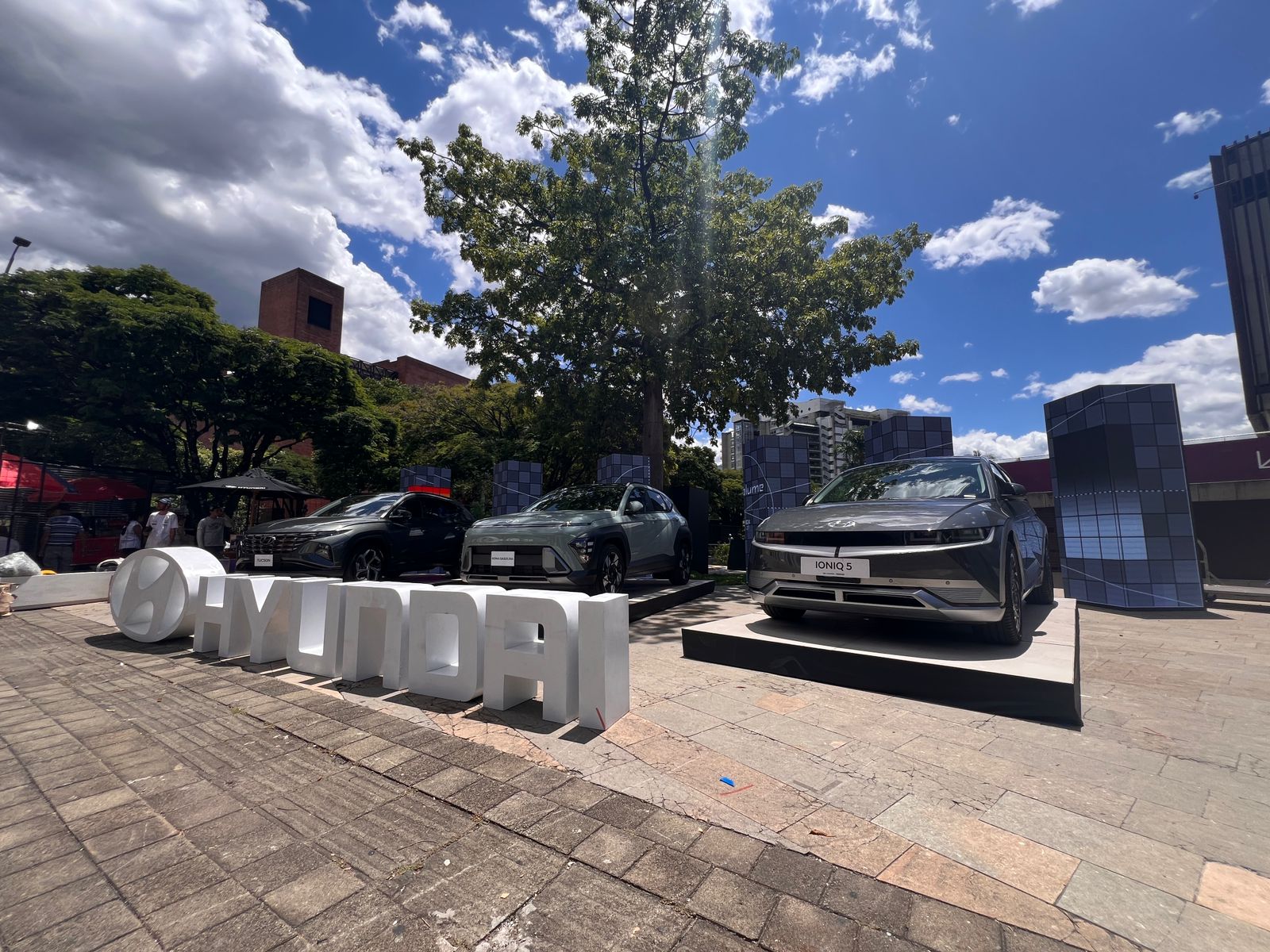
In 2024, the company will sell more than 4.14 million vehicles worldwide. Photo: Hyundai
Amid uncertainty over interest rates and global inflation, the company sold more than 4.14 million vehicles in 2024, of which 3.4 million were sold outside Korea. Eight percent of sales came from electric cars, its main focus for the future. It also has its luxury brand Genesis.
In addition to its facilities in South Korea, the company also has factories in the United States, China, India, the Czech Republic and Brazil, from where it exports its vehicles to the rest of the world.
In addition, in recent years Hyundai has also been fully involved in robotics and artificial intelligence. In fact, one of its star figures is its DAL-e delivery robot, which can transport items and make quick deliveries thanks to its sensors that recognize people.
They have also invested in 'robotaxis', which are self-driving cars without drivers, which they hope to be able to extend in the not-too-distant future, in robotic solutions designed to improve mobility or those intended to help with medical issues for people who cannot walk or move, among others.
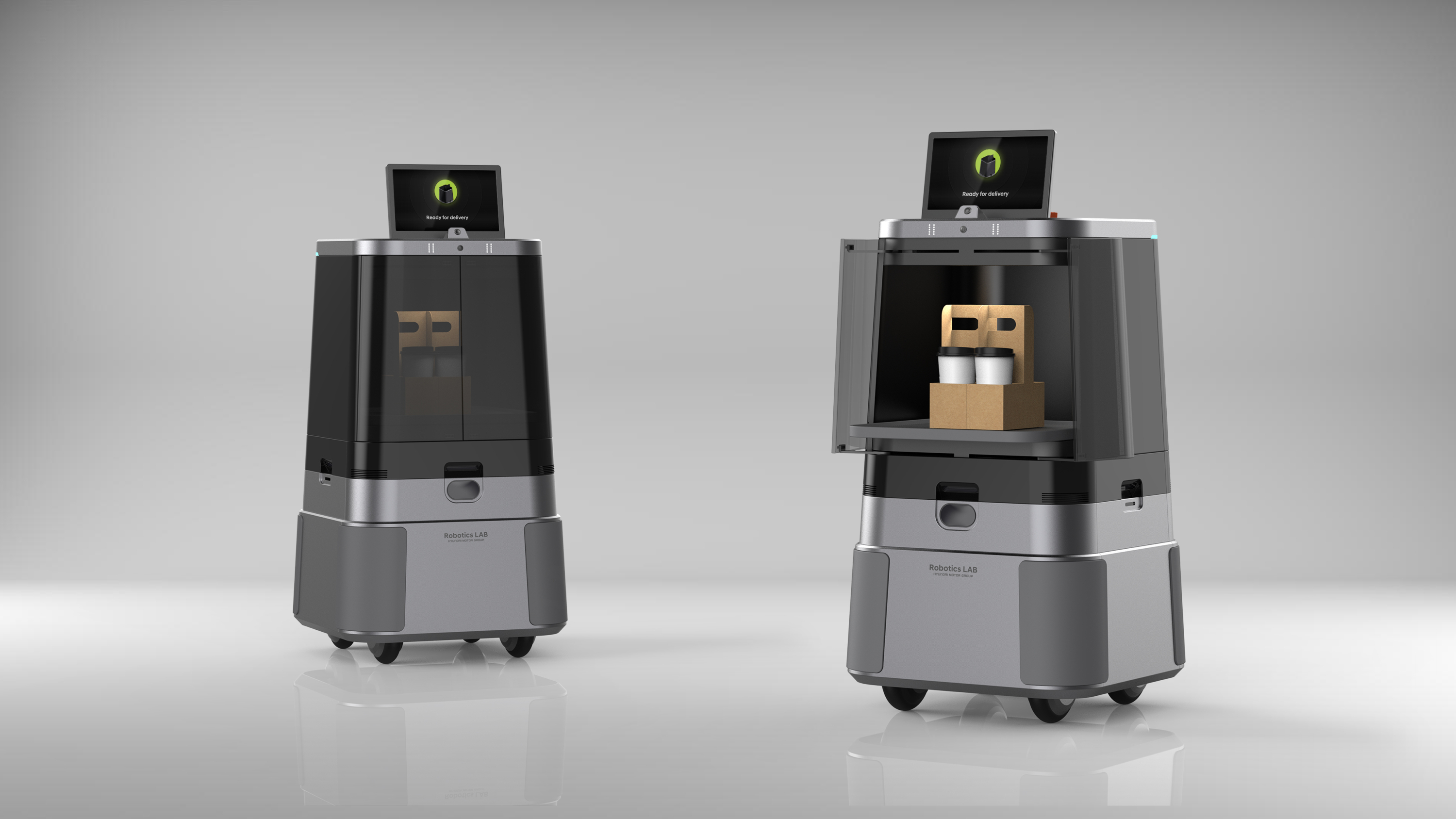
DAL-e, a delivery robot designed for autonomous indoor services. Photo: Hyundai
In Colombia, according to data from the December report of the National Association for Sustainable Mobility (Andemos), the Hyundai brand (represented by the Astara Group) closed 2024 in ninth place in sales with 7,206 registrations, 39 percent more than in 2023. In December alone, 1,228 were sold, which implies an increase of 94 percent compared to the same month of the previous year.
According to its brand director, Adriana Casadiego, much of this success is due to the high demand for models such as its Kona pickup truck, in gasoline and hybrid versions; the Tucson 4x2 and 4x4 SUV and the HB20 line in hatchback and sedan versions.
“The impressive growth we have experienced is also clear evidence that Colombians appreciate and recognize the cutting-edge technology, design and user quality offered in our vehicles. We expect to maintain our 4 percent share of the light vehicle market,” he said.
This growth contrasts with the slight increase of 7.7 percent that the market in general had last year. The automotive industry was affected at the beginning of the year by high interest rates and high vehicle prices, caused by the sharp depreciation of the Colombian peso. However, in recent months it began to recover thanks to the better rates offered by banks, the repositioning of prices of several models of different brands, the large discounts derived from the appreciation of the peso and the introduction and greater availability of hybrid vehicles.
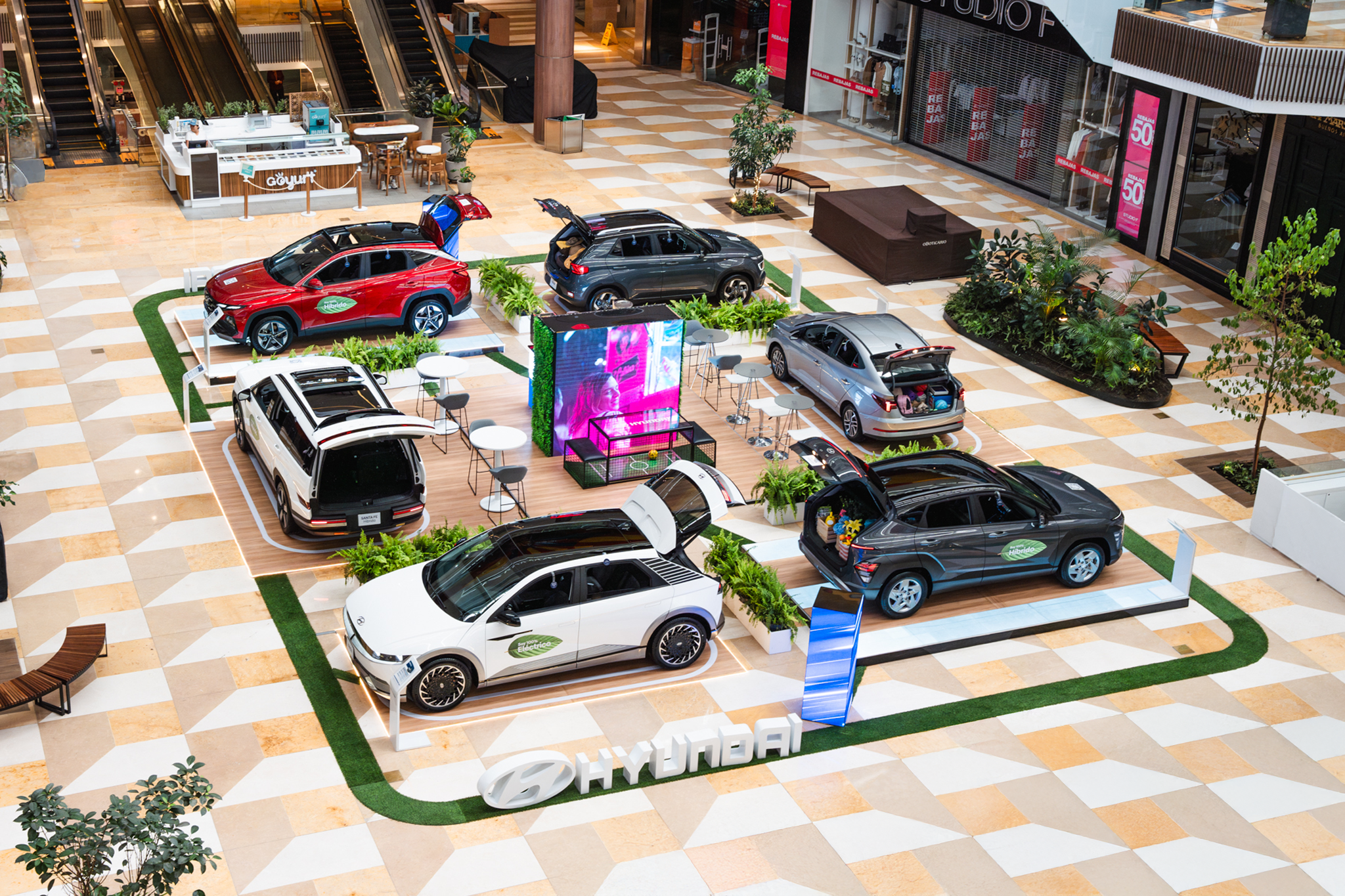
The Hyundai brand (represented by the Astara Group) closed 2024 in ninth place in sales. Photo: Hyundai
Gone are the hard days for the image of the Hyundai brand in Colombia due to the multi-million dollar lawsuit that took place for years between the firm of businessman Carlos Mattos, who for 25 years had the representation in the country of the parent company.
It should be remembered that in 2015 the representation was given to the company Neocorp, of the Ecuadorian group Eljuri, but it could not sell for a time because Mattos sued so that Hyundai cars could only be sold through his company.
*We visited the Ulsan plant in South Korea thanks to an invitation from Hyundai.
eltiempo






